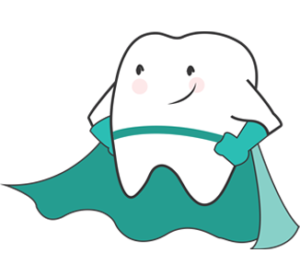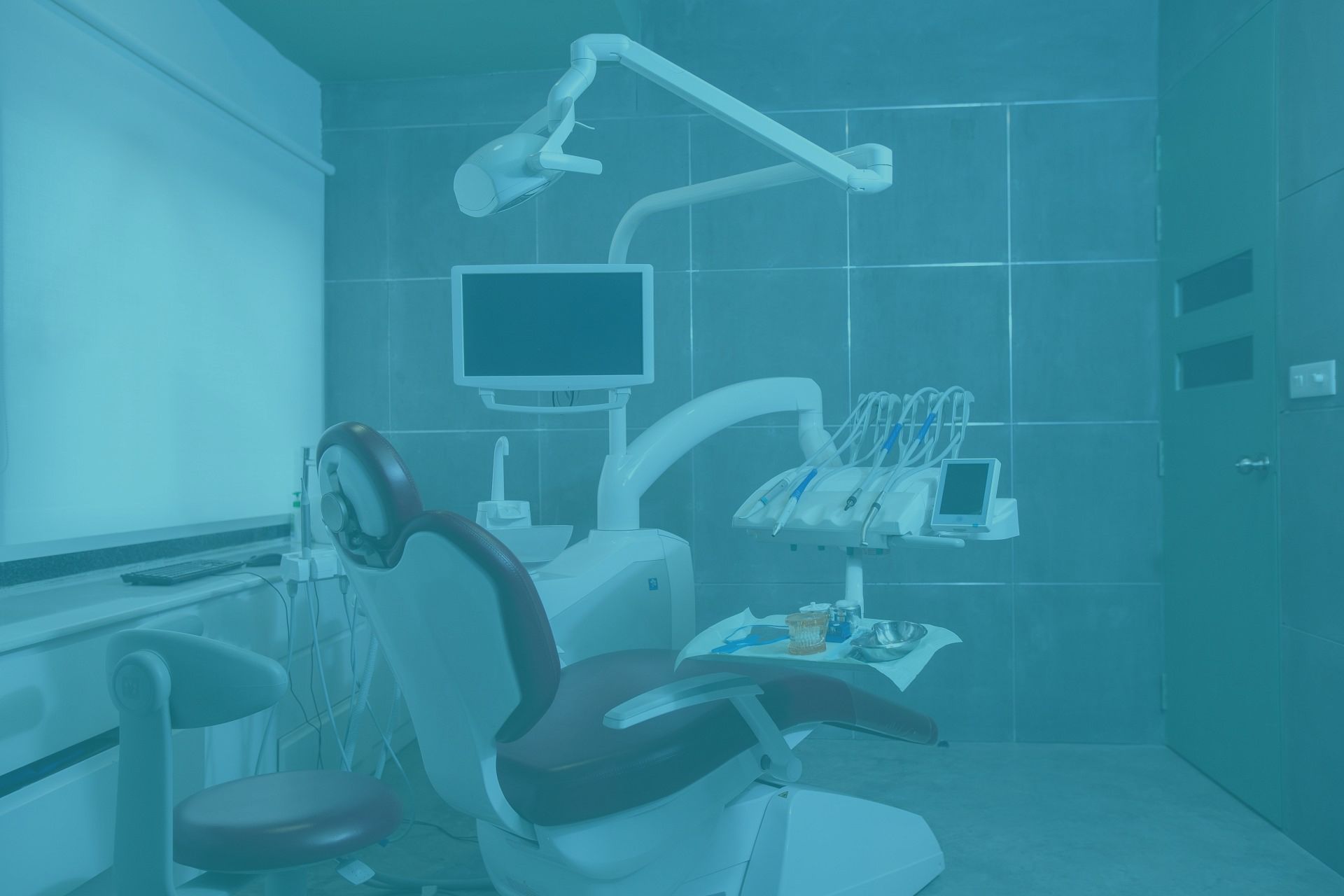
Best Dental Practices
To prevent cavities, you need to remove plague, the transparent layer of bacteria that coats the teeth. The best way to do this is by brushing your teeth twice a day with a fluoridated toothpaste. This also stimulates the gums and so keeping them healthy. So, place your brush at a 45-degree angle to the gums and gently move the brush back and forth in strokes on the inner, outer, and chewing surfaces of the teeth.
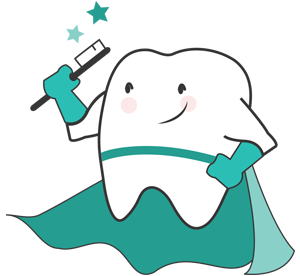
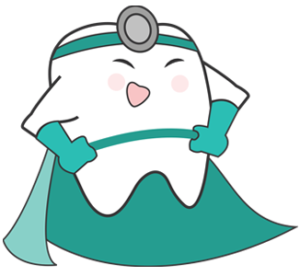
Flossing
The use of dental floss is an important element of the oral hygiene, since it removes the plaque and the food remaining stuck between the teeth. This food decay and plaque cause irritation to the gums, causing the gum tissue to bleed more easily. Acid forming foods left on teeth also demineralize tooth eventually causing cavities. Flossing for a proper inter-dental cleaning is recommended at least once per day, preferably before bedtime, to help prevent receding gums, gum disease, and cavities between the teeth.
“How Do I Floss My Teeth?”
Use enough floss to be able to wrap it around your two middle fingers leaving an inch or two of floss between the fingers. Holding the floss tightly, gently move the floss up and down in between the teeth.
Go beneath the gum line by curving the floss around each tooth. Use a clean section of the floss when moving from tooth to tooth. To remove floss, use the same back and forth motion to gently bring the floss away from teeth.
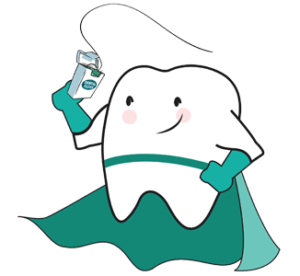
Gum Care
Massaging gums with toothbrush bristles is generally recommended for good oral health. Flossing is recommended at least once per day, preferably before bed, to help prevent receding gums, gum disease, and cavities between the teeth.
Tongue Cleaning
Cleaning the tongue as part of the daily oral hygiene is essential, since it removes the white/yellow bad-breath-generating coating of bacteria, decaying food particles, fungi (such as Candida), and dead cells from the dorsal area of the tongue. Tongue cleaning also removes some of the bacteria species which generate tooth decay and gum problems.
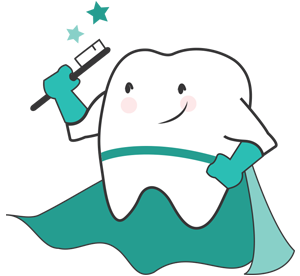
Oral Hygiene and Systemic Diseases
Several recent clinical studies show a direct link between poor oral hygiene (oral bacteria & oral infections) and serious systemic diseases, such as:
- Cardiovascular Disease (Heart attack and Stroke)
- Bacterial Pneumonia
- Low Birth Weight/Extreme High Birth Weight
- Diabetes complications
- Osteoporosis
Beneficial Foods
Fluoride is a primary protector against dental cavities. Fluoride makes the surface of teeth more resistant to acids during the process of remineralisation. Drinking fluoridated water is recommended by some dental professionals while others say that using toothpaste alone is enough. Milk and cheese are also rich in calcium and phosphate, and may also encourage remineralisation.
Saliva contains buffer chemicals, this helps stabilize the ph to near 7(neutral) in the mouth . All foods increase saliva production. Sugar-free chewing gums stimulate saliva production, and help clean the surface of the teeth.
Dietary and salivary iodine seems also important in oral heath prevention. The tropic, antioxidant and apoptosis-induct or actions and the presumed anti-tumor activity of iodine might also be important for prevention of oral and salivary glands diseases.
Food And Drink
Foods that help muscles and bones also help teeth and gums. Breads and cereals are rich in vitamin B while fruits and vegetables contain vitamin C, both of which contribute to healthy gum tissue. Lean meat, fish, and poultry provide magnesium and zinc for teeth. Dentists recommend that teeth be brushed after every meal and at bedtime, and flossed at least once per day, preferably at night before sleeping. For some people, flossing might be recommended after every meal.
According to the American Dental Association
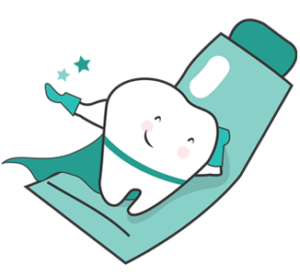
- Green tea contains polyphenol antioxidant plant compounds, which are thought to reduce plaque, and to help reduce cavities and gum disease. Tea may also help reduce bad breath. Tooth enamel can be strengthened because green tea contains fluoride which promotes healthy teeth.
- Milk and yogurt are good for teeth because they contain low acidity, which means that wearing of teeth is less. They are also low in decay-inducing sugar. Milk is a good source of calcium, the main component of teeth and bones.
- Cheese contains calcium and phosphate, which helps balance pH in the mouth, preserves (and rebuilds) tooth enamel, produces saliva, and kills bacteria that cause cavities and disease.
- Fruits such as apples, strawberries and kiwis contain Vitamin C. This vitamin is considered the element that holds cells together. If this vitamin is neglected, gum cells can break down, making gums tender and susceptible to disease.
- Vegetables: Vitamin A, found in pumpkins, carrots, sweet potatoes and broccoli, is necessary for the formation of tooth enamel. Crunchy vegetables may also help clean gums.
- Onions contain antibacterial sulfur compounds. Tests show that onions kill various types of bacteria, especially when eaten raw.
- Celery protects teeth by producing saliva which neutralizes bacteria that cause cavities. It also massages the teeth and gums.
- Sesame seeds reduce plaque and help build tooth enamel. They are also very high in calcium.
- Animal food: beef, chicken, turkey, and eggs contain phosphorus which, with calcium, is one of the two most vital minerals of teeth and bone.
- Water cleans the mouth and produces saliva that deposits essential minerals into the teeth. It keeps teeth hydrated and washes away particles from the teeth.
